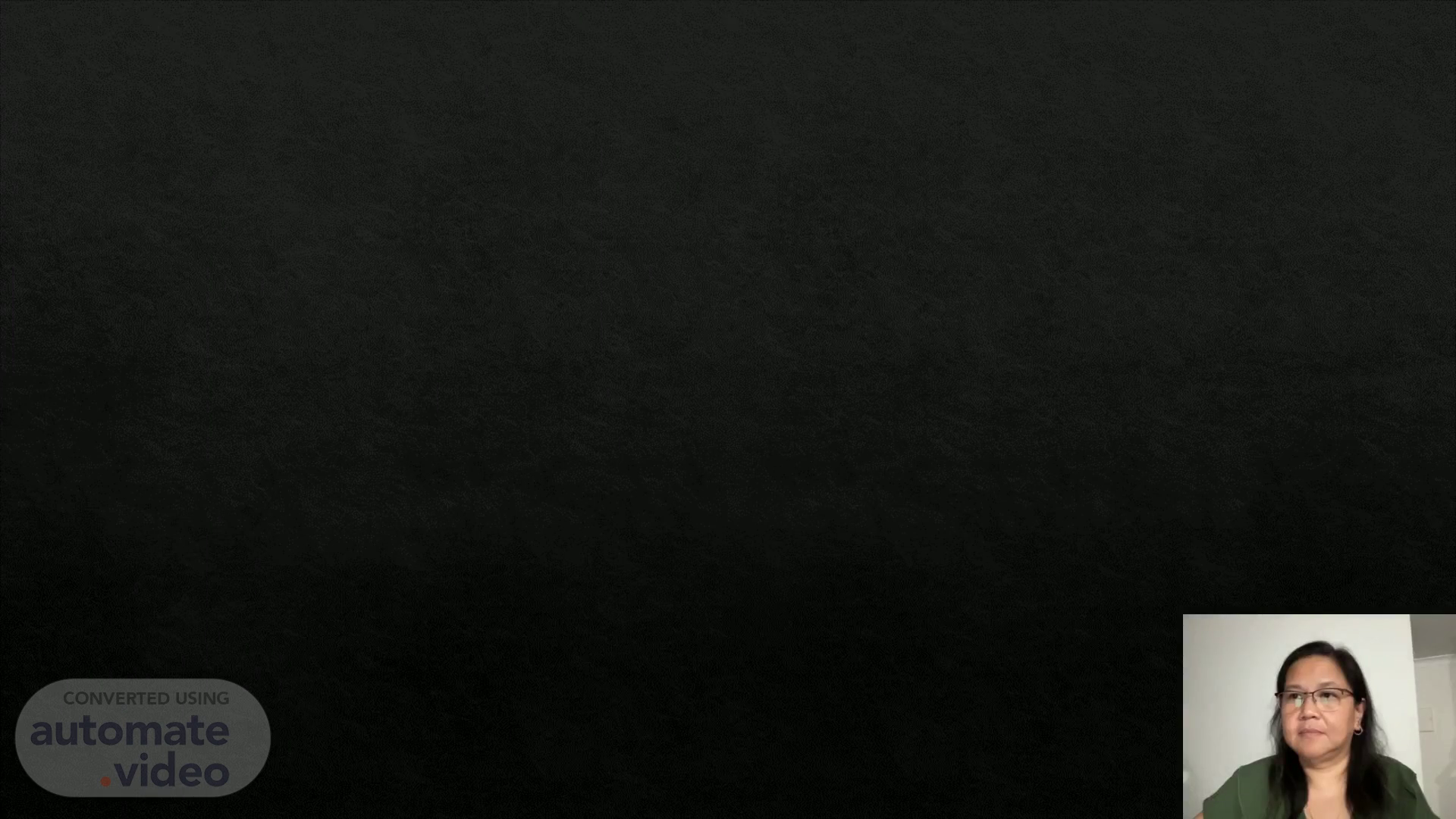
Page 1 (0s)
“Public Health: Challenges for Fresh Drinking Water of Aboriginal and Torres Strait Islander and Third World Countries”.
Page 2 (44s)
Introduction. Research finds 400 regional communities lack access to good drinking water - ABC News.
Page 3 (2m 2s)
Aboriginal and Torres Strait Islander (ATSI) and Third World people have many challenges accessing safe drinking water:.
Page 4 (2m 26s)
CONTRIBUTING FACTOR 1. 3 Major Health Problems from Water Pollution - The Borgen Project.
Page 5 (2m 31s)
CONTAMINATED WATER. Remote ATSI communities often deal with water contamination..
Page 6 (3m 30s)
CONTAMINATED WATER. Australia - Water fluoridation in remote Aboriginal communities - Oral Health Country/Area Profile Project.
Page 7 (4m 17s)
CONTAMINATED WATER. In third world communities, drinking water quality can be unreliable..
Page 8 (5m 40s)
In a study in Limpopo, South Africa, contamination is more likely during the dry season than in the wet ( Edokpayi et al. 2018)..
Page 9 (7m 30s)
CONTRIBUTING FACTOR 2. Young Aboriginal Girl Drinking From A Water Fountain High-Res Stock Photo - Getty Images.
Page 10 (7m 36s)
QUALITY OF DRINKING WATER. People desire to drink good quality water but ATSI residents in remote communities report that water is hard and they prefer to consume other drinks (Hall 2019)..
Page 11 (8m 54s)
QUALITY OF DRINKING WATER. The likelihood of better quality water supplies being rejected also increased (Addisie 2022)..
Page 12 (8m 59s)
CONCLUSION:. Many factors contribute to public health challenges around the supply of fresh drinking water for ATSI and Third World people..
Page 13 (11m 15s)
REFERENCES. Addisie , M. B. (2022). Evaluating Drinking Water Quality Using Water Quality Parameters and Esthetic Attributes. Air, Soil and Water Research , 15 , 117862212210750. https:// doi.org /10.1177/11786221221075005 Edokpayi , J., Rogawski , E., Kahler, D., Hill, C., Reynolds, C., Nyathi, E., Smith, J., Odiyo , J., Samie , A., Bessong , P., & Dillingham, R. (2018). Challenges to Sustainable Safe Drinking Water: A Case Study of Water Quality and Use across Seasons in Rural Communities in Limpopo Province, South Africa. Water , 10 (2), 159. https:// doi.org /10.3390/w10020159 Hall, N. L. (2019). Challenges of WASH in remote Australian Indigenous communities. Journal of Water, Sanitation and Hygiene for Development , 9 (3). https:// doi.org /10.2166/washdev.2019.154 Jackson, Stewart, & Beal. (2019). Identifying and Overcoming Barriers to Collaborative Sustainable Water Governance in Remote Australian Indigenous Communities. Water , 11 (11), 2410. https:// doi.org /10.3390/w11112410 Judd, B. (2019). Kapi Wiya : Water insecurity and aqua-nullius in remote inland Aboriginal Australia. Thesis Eleven , 150 (1), 102–118. https:// doi.org /10.1177/0725513618821969 Knibbs , L. D., & Sly, P. D. (2014). Indigenous health and environmental risk factors: an Australian problem with global analogues? Global Health Action , 7 (1), 23766. https:// doi.org /10.3402/gha.v7.23766 Perry, C., Dimitropoulos , Y., Skinner, J., Bourke, C., Miranda, K., Cain, E., Beaufils , D., Christie, V., Rambaldini , B., & Gwynne, K. (2022). Availability of drinking water in rural and remote communities in New South Wales, Australia. Australian Journal of Primary Health , 28 (2). https:// doi.org /10.1071/py21119 The University of Queensland. (2018, November 21). Clean water for remote Indigenous communities . Public- Health.uq.edu.au . https://public- health.uq.edu.au /article/2018/11/clean-water-remote-indigenous-communities Thomas, S. L., Wakerman , J., & Humphreys, J. S. (2015). Ensuring equity of access to primary health care in rural and remote Australia - what core services should be locally available? International Journal for Equity in Health , 14 (1). https:// doi.org /10.1186/s12939-015-0228-1 Tseole , N. P., Mindu , T., Kalinda, C., & Chimbari , M. J. (2022). Barriers and facilitators to Water, Sanitation and Hygiene ( WaSH ) practices in Southern Africa: A scoping review. PLOS ONE , 17 (8), e0271726. https:// doi.org /10.1371/journal.pone.0271726 World Health Organization. (2022, March 21). Drinking water . Who.int ; World Health Organization: WHO. https:// www.who.int /news-room/fact-sheets/detail/drinking-water.